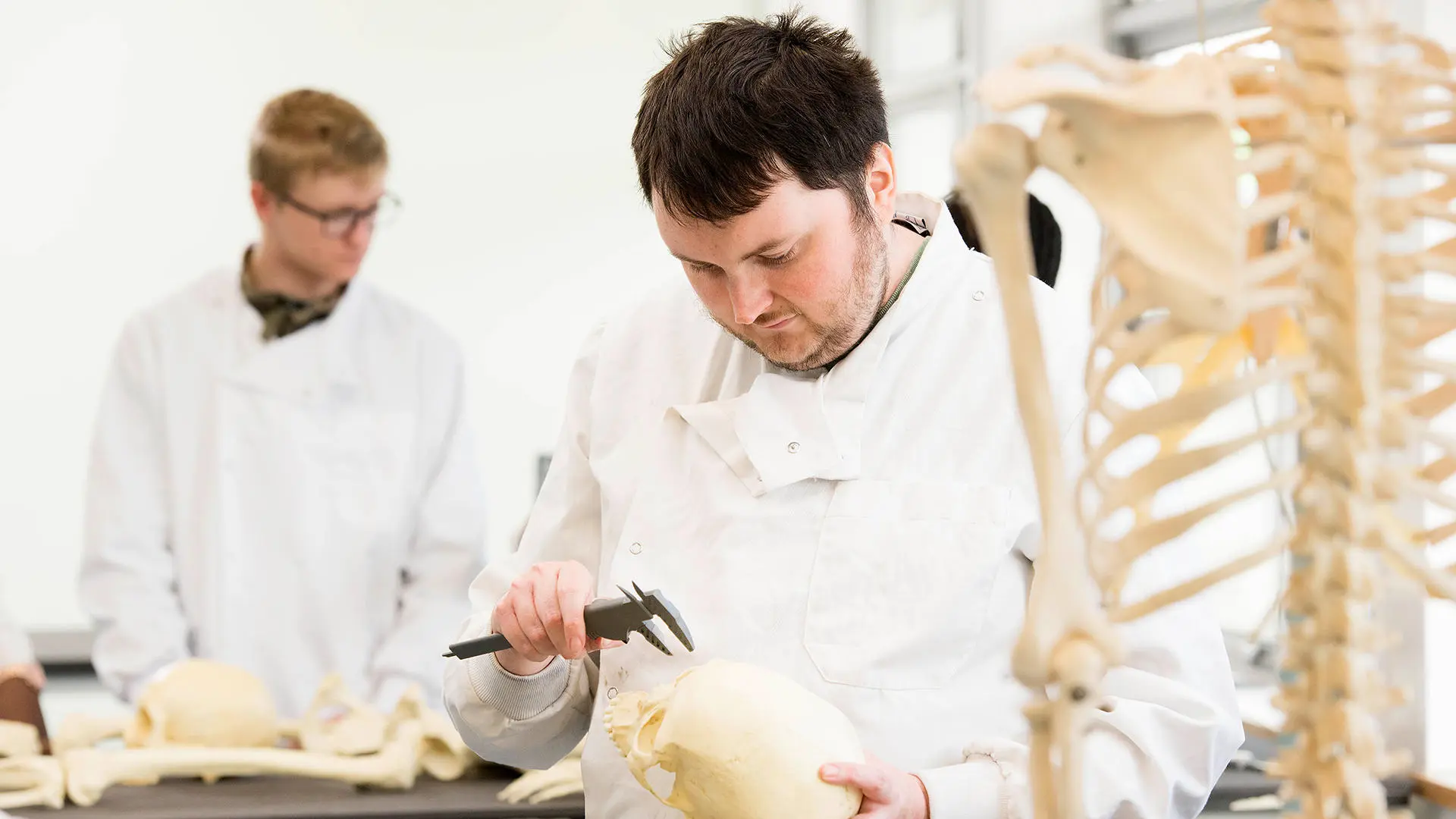This research lies where forensic anthropology meets toxicology, exploring the long-term usage of drugs and medication on our skeletal system, and how this can help (or hinder) forensic investigators, when skeletal remains are all that is found.
The project focuses on the effect of substances (such as the drugs of abuse, medications, alcohol) on skeletal and dental features that are used to build an osteological profile and even identify unknown skeletal remains.
The purpose of the research is to help the police and other forensic practitioners to make the process of investigation more efficient, by narrowing down the pool of potential victims. Ideally, the knowledge gained will ensure the accuracy and precision of gathering forensic evidence, save precious resources in time-sensitive cases, and bring attention to knowledge that has previously fallen between the gaps of two related disciplines.

